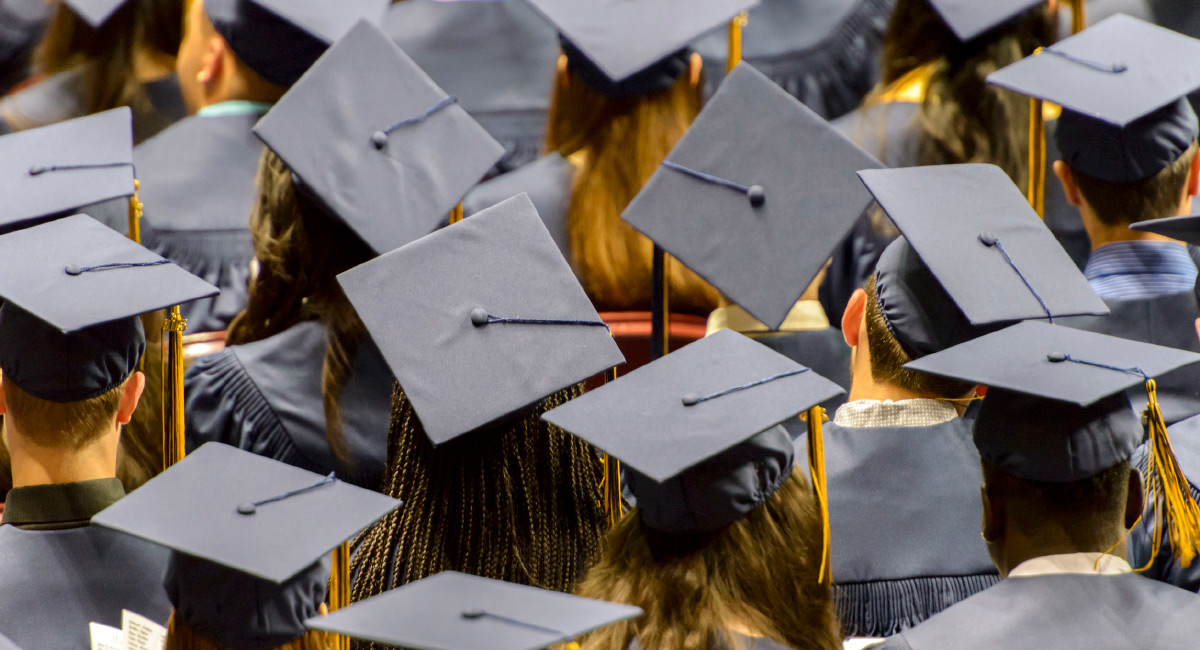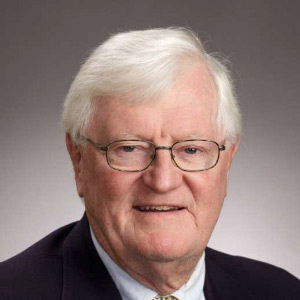On December 24, reports Fox Business News, Joe Biden tweeted, “ ...under the Biden-Harris plan, community colleges will be free—and public colleges and universities will be tuition-free for families earning less than $125,000 a year.”
There is, however, hope in the near future. Campaigns for the 2022 election will begin in about a year. If Biden and the Democrats become too radically left, they could lose both the House and Senate and cause much of their damage to be reversed—except for two things: a packed Supreme Court and two new states with four Democratic senators.
Thousands of students, of course, will welcome free tuition, as will colleges and universities that have fallen on hard economic times in losing vast revenues to COVID-19 attendance disruptions.
But all is not sweetness and light in these government charities: downsides need to be acknowledged.
One, Biden’s proposal is anti-intellectual and will expand academic indolence. As Jackson Toby, professor emeritus at Rutgers University, observed: “Since marginal students know while they are still in high school that they will be able to be admitted and get financial aid at some college, they lack incentive to try to learn as much as they could in high school.” Free tuition will preclude incentives to study hard. With no skin in the game, why should they bother to study hard in high school?
It is well known that many, if not most, students entering college do not meet state college–readiness standards. I know this to be true, having been a community college adjunct professor for six years and a trustee for another six years. Free tuition encourages this lack of preparation and also serves as a magnet drawing more college applicants.
Two, history reveals that government control inevitably in greater or lesser degree, sooner or later accompanies government money. Expect under Biden’s program some degree of federal control with federal money—especially requirements that colleges seek and require greater political conformity of students, faculty, and curricular courses. We are now in an age of identity politics and diversity—though that diversity is from the skin out, not from the head in. Colleges are inundated with liberal, progressive professors. Try finding a professor who does not adhere to this singular conformity.
Owing to government strings attached to government money, Biden’s new Department of Education and Department of Justice could mandate to colleges who to hire, what courses to teach, and what politics to require.
Three, history also reveals that federal money to colleges enables a financial largesse that drives up college costs. Colleges will argue that Uncle Sam can pay for increases in tuition and related college costs. More money to students means that colleges will raise tuition in commensurate measure because the money’s there for the taking.
Four, free federal money for tuition has to come from somebody—taxpayers. Governments don’t make money; they collect it and redistribute it. Why should a guy who works at Walmart have to financially help another guy get free tuition? The greatest fallacy is this: It’s not “free tuition”: someone else pays for it.
And it’s a lot of so-called free money that others must pay: tuition at community colleges runs around $3,000 a year. Tuition at public state schools, which Biden’s proposal includes for families making under $125,000 year, runs around $8,000 to $12,000 a year.
Acts do not live in a vacuum; they have consequences. Free tuition is not free; it is confiscated from others.








